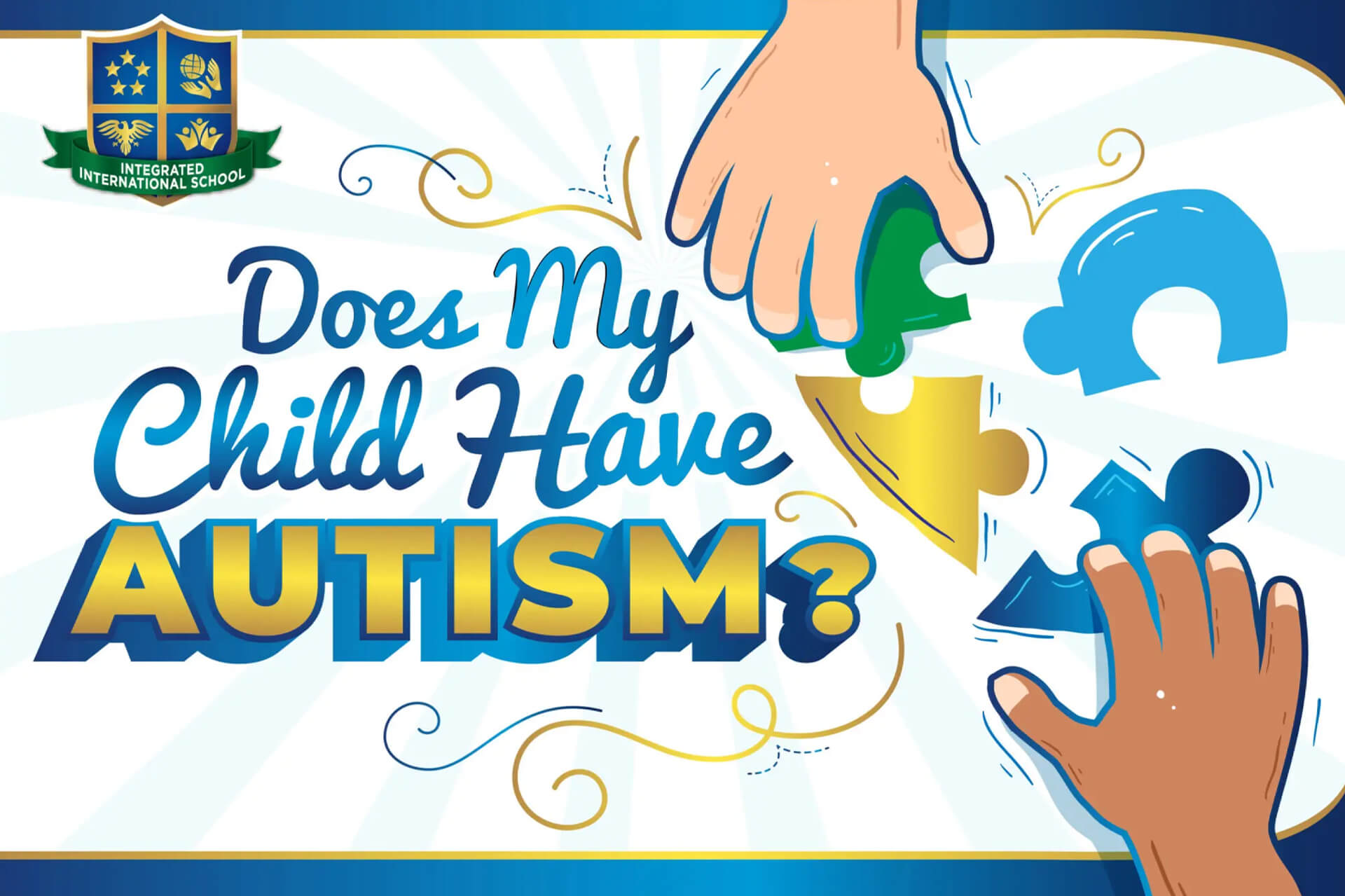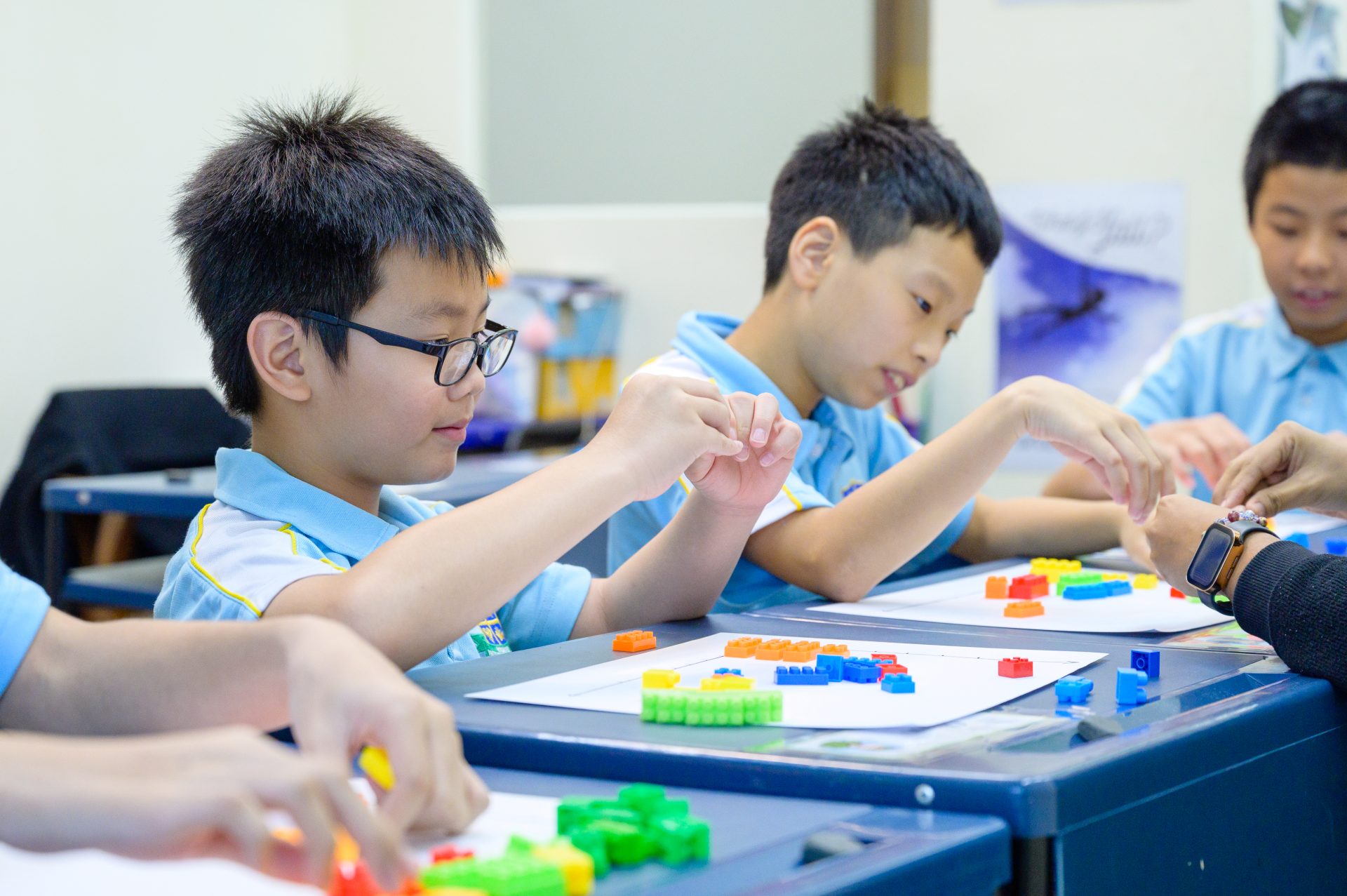As autism awareness becomes more prevalent, parents now have access to a wealth of information regarding the condition, along with the early warning signs that they can look out for when it comes to their own child. All children develop at different rates, parents should not automatically become concerned if their child does not hit certain milestones right away. Every child develops at their own pace, after all. If, however, you find your child consistently missing milestones by more than a few weeks, then parents are encouraged to seek advice from their pediatrician and or a clinical psychologist, who can guide you towards the next steps for a professional assessment and potential diagnosis. Catching the early signs of autism can make a drastic difference to your child’s development; by equipping your child with the best tools and support to help them thrive, as well as improving prognosis.
Does My Child have Autism?
What is Autism?
Autism Spectrum Disorder, (ASD) is a pervasive neurodevelopmental disorder that develops during early childhood. The condition can typically be characterised through displayed behaviours such as struggles in social interactions, obsessive/repetitive behaviours, and poor emotional regulation.
ASD is an incredibly vast spectrum, and no one person with ASD is the same and can manifest into varying degrees depending on the severity of the child’s symptoms. An individual with autism can be described as ‘high’ or ‘low’ functioning. Those who are higher functioning can generally manage their behaviour but can struggle in areas such as social interaction and sensory processing issues.
Why is early intervention so critical?
The early years of a child’s life are extremely important in setting the foundation for future development. The human brain grows rapidly between the ages of 0-5 and is the period where research shows early intervention to be the most effective. This is due to the brain’s remarkable ability to adapt, which is why early intensive treatment may help rewire and even improve some symptoms. This does not mean that improvement is not possible should intervention be introduced later in childhood, nor does it guarantee success.
How to detect early signs?
No one knows your child more than you do. As a parent, you are in the best position to observe your child, and by knowing the signs to look out for, you can catch them early. If your child is in daycare, you can set a meeting with teachers to check in on their development or discuss any concerns you have at home to see if the same behaviours are happening in environments outside the home. Again, it is important not to compare your child to other kids since they all develop and thrive at different paces, but any learning difficulties or red flags should be brought up as soon as possible.
What are the early signs parents should look out for?
Diagnosing autism before 18 is possible but professionals prefer to assess children after this age as they can ascertain a more accurate prognosis. It can also be trickier to diagnose girls as they are four times less likely than boys to go undiagnosed, however, these numbers are improving as we learn more about the presentation of autism in girls.
Here are some of the early signs that can suggest autism in infants and toddlers:
6 months:
12 months:
16 - 14 months:
It is important to remember that a child with autism can thrive with the right help and support, and it's a matter of helping them navigate the world through their amazing eyes. Today there is a range of support services available, that when used efficiently, can allow your child to flourish. As a special needs school in Singapore, IIS provides a safe and nurturing environment for our kids, where we embrace differences while treating all our students with equal respect.
Our team of dedicated staff is here to help your child reach their potential. Find out more about our dedicated support services here.
Recent Posts
Experience IIS Firsthand
Come down for a campus tour! Witness our tailored teaching approach and inclusive learning programmes in our British curriculum.






